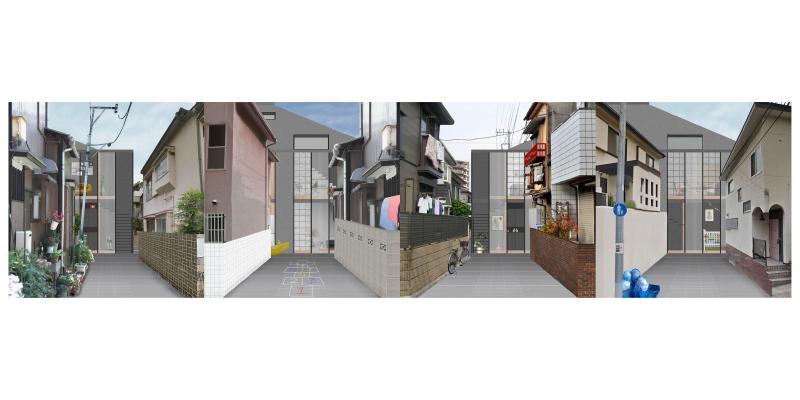SOCKS
Collective living for the japanese housewife
“Cooking food, caring for children, and cleaning house, tasks often of as “woman’s work” to be performed without pay in domestic environments, have always been a major part of the world’s necessary labour.” (Linda Gordon, 1977)
It is indeed intriguing as to how it has been predominately women that have become synonymous to the domestic domain. The housewife possesses an intimacy to the home which has best been illustrated by Christian Marazzi with his example of the “place for the socks,” where he describes how the wife naturally puts her husbands socks back “where they belong.”
Domestic labour and affective labour, a labour of emotions and of taking care, have become naturalised and as a consequence taken for granted. There is an urgency to readdress the spatial and social layout of housing in order to bring affective labour to the foreground.
The ShareHouse, for four or eight newly formed families, allows housework to be shared, liberates the housewife from isolation, exposes domestic labour and creates a non gendered realm where solidarity between women and between women and men is created.











